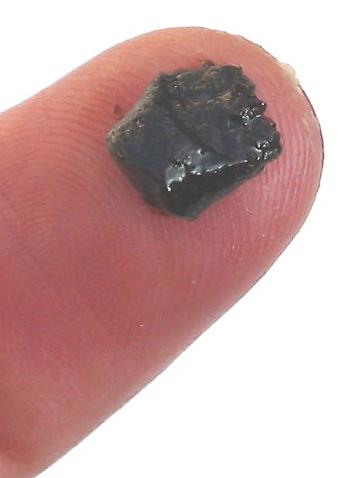At WiseGEEK, we're committed to delivering accurate, trustworthy information. Our expert-authored content is rigorously fact-checked and sourced from credible authorities. Discover how we uphold the highest standards in providing you with reliable knowledge.
What are the Different Types of Natural Salve?
The different types of natural salve include but are not limited to herbal, homemade, anti-bacterial, painkilling and antiseptic. Natural salves can be considered stimulating, particularly when ingredients such as cayenne pepper or mustard powder are used to make them. They also can be moisturizing for the treatment of excessively dry skin when they are prepared with herbs that have emollient properties, such as marshmallow. A salve, or ointment, is a preparation that is applied directly to the skin and remains in place because of its very thick consistency. Medicinal properties of a salve are determined by the herbs used in its preparation, which are selected according to the condition that needs to be treated.
Among some of the herbs often used in a natural salve are chickweed, also known as winter weed and adder's mouth; yellow dock, also called garden patience; peppermint; comfrey; burdock; and hyssop. Chickweed, peppermint, yellow dock and burdock are used to help relieve itching. Comfrey, chickweed and hyssop are employed when treating inflammation, bruises and swelling. A simple but effective homemade salve can be achieved by first preparing an herbal oil. Fresh or dried parts of the chosen medicinal plant are placed in a warmed, natural vegetable oil, such as olive or cocoa, and are allowed to stand so that their curative properties are extracted into the oil, to which beeswax is added until a thick consistency is acquired.

Some of the advantages of a homemade natural salve are the assurance that only safe ingredients were used in its preparation, and it almost always is considerably cheaper than commercially manufactured salves. There also is the advantage of having complete freedom when formulating the natural salve, in case there are allergies to a specific herb or the need to treat more than one condition simultaneously. For example, a person might want to use a natural salve that not only will relieve itching and irritation but that also has antiseptic or antibacterial properties. He or she might even need it to act as a mild painkiller.

Combining different herbs to make a natural salve is a common practice among people who rely on time-tested, all-natural home remedies. Medicinal plants that have antiseptic properties are the astringents such as golden seal, the culinary herbs thyme and sage, chaparral, myrrh, juniper berries and calendula. An antiseptic or antibacterial salve even can be made using foods such as garlic and the parts of trees such as pine needles.
AS FEATURED ON:
AS FEATURED ON:













Discuss this Article
Post your comments